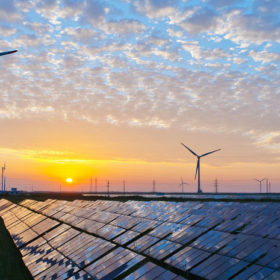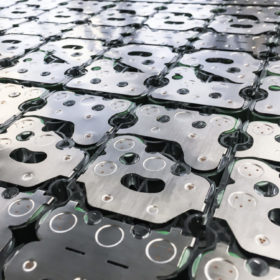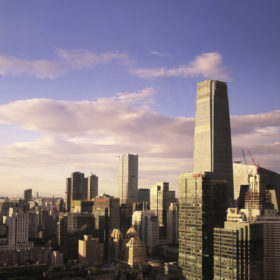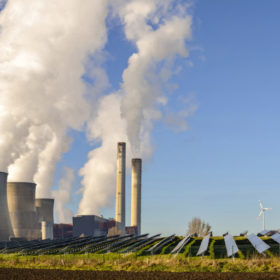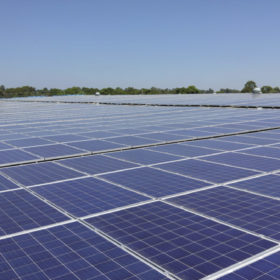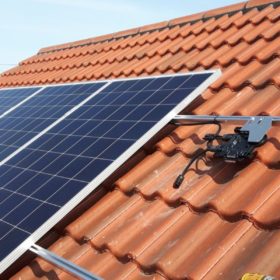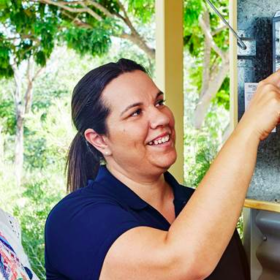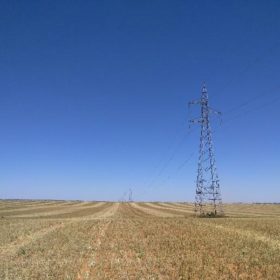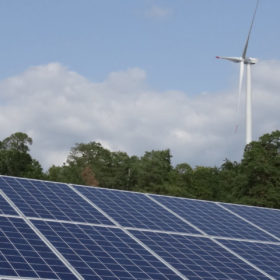Solar transforms NEM supply mix displacing coal
The latest figures from the Australian Energy Market Operator (AEMO) show that solar continues to eat into the share once firmly held by coal on the back of a dramatic increase in installations over the past 12 months. The trend was backed by energy storage facilities which continued to gain foothold as providers of frequency control and ancillary services, lowering overall costs in the first quarter of 2019.
Battery storage market will be worth $13 billion by 2023
Analyst Globaldata says falling system prices, and the need for more resilient grids and favorable policies, continue to fire the energy storage industry around the globe and the Asia-Pacific region is likely to remain the biggest market.
China confirms FIT level payments – but they will be ‘subject to competition’
The Beijing authorities have confirmed the payment levels to be made according to type of project and region from July onwards but an auction process will be involved so the figures are for guidance only. No decision has yet been made on the 30 GW of capacity added since the end of May.
Garnaut sets out vision for Australia’s emergence as post-carbon energy superpower
Climate Change Review author and economist Ross Garnaut’s has argued that decarbonising Australia’s electricity sector will result in cheaper power, a more reliable grid, and will set up the nation to emerge as a “superpower of the post-carbon world.” Garnaut concludes that Australia could be powered by 100% renewables by the early 2030s – driven by PV.
Renewable energy will surpass coal in the US this month and next
The volume of U.S. electricity generated by renewable energy is set to surpass the level sourced from coal for the first time this month and the trend is expected to continue in May, according to Department of Energy data.
Dramatic increase in grid solar generation as medium to large-scale rooftop PV takes off
Due to a jump in medium (+15kW) to large (+100kW) rooftop solar installations, there has been a dramatic increase in grid scale solar generation. This has contributed to renewables supplying monthly 14-15% of total generation since last November, an increase from 10-11% share this time last year, new research from The Australia Institute finds.
California is learning to trust 100% residential solar power
California utility PG&E has tested levels of residential solar power up to 100% penetration, and how to mitigate the effects of voltage and thermal overload via smart inverters and traditional transformer and circuit upgrades — with smart inverters shown to allow for up to 100% penetration at cost-effective pricing.
Western Australian utilities roll out advanced meters
A total of 238,000 advanced meters will be installed by Western Power on the South West Interconnected System over the next three years, unlocking the benefits of the technology that gives consumers more control over their energy use. In another rollout, Horizon Power has made paying for power easier for 11 Aboriginal communities across regional WA.
Victorian water corporations partner to purchase power from state’s biggest solar farm
Thirteen of Victoria’s water corporations have partnered to buy clean energy from the Kiamal Solar Farm in north-west Victoria, at a much cheaper rate than would be possible individually.
Why renewables are the solution for Australia: IEEFA
Renewables are the lowest cost, sustainable solution for Australia’s energy policy crisis and potentially one of Australia’s largest export industries of the future.
